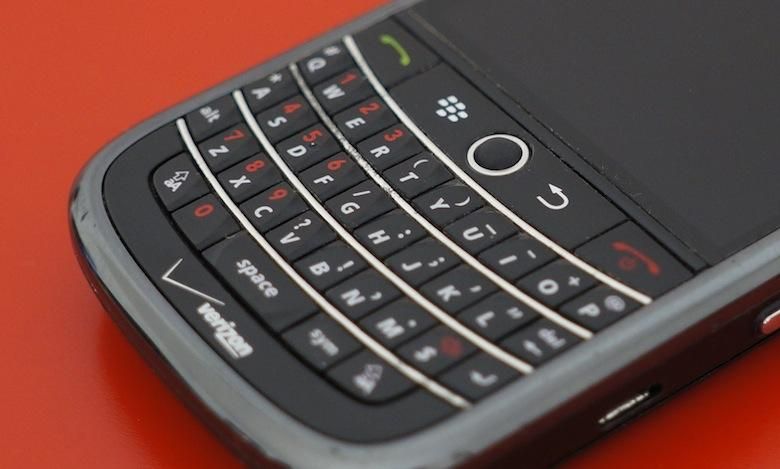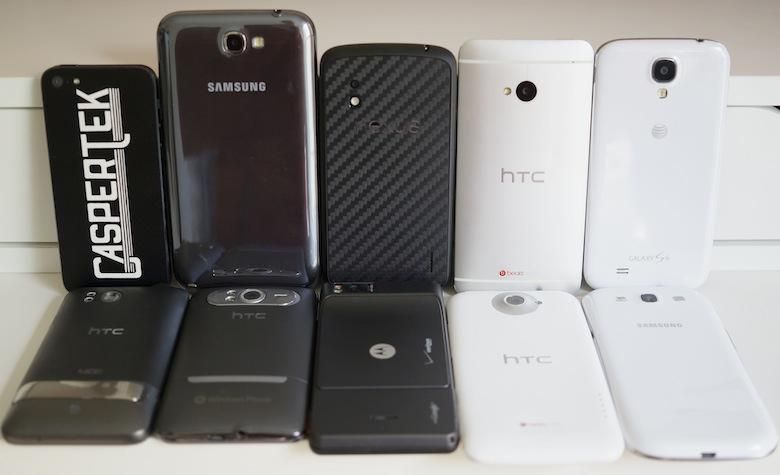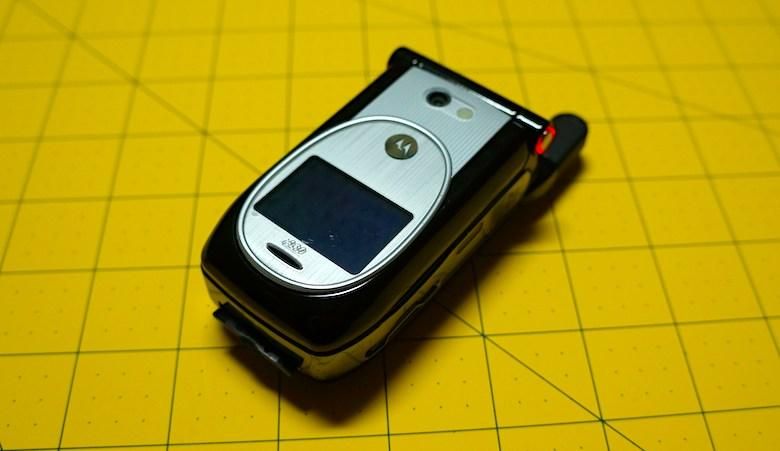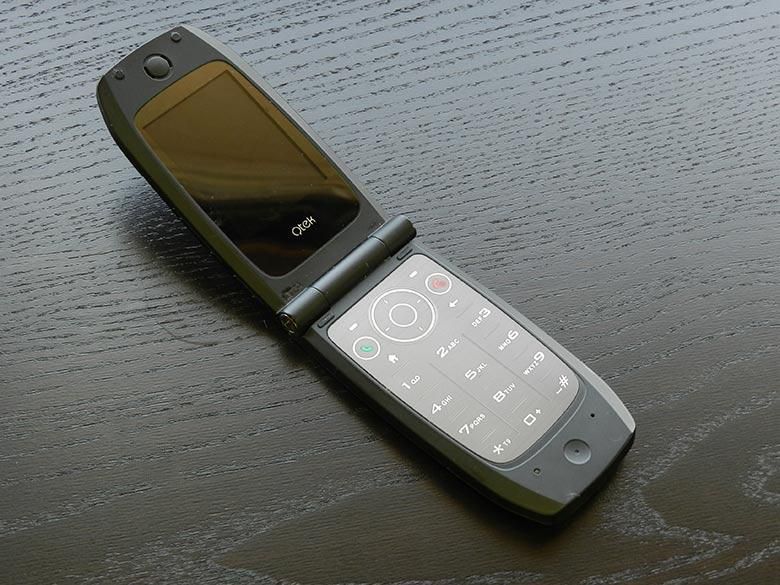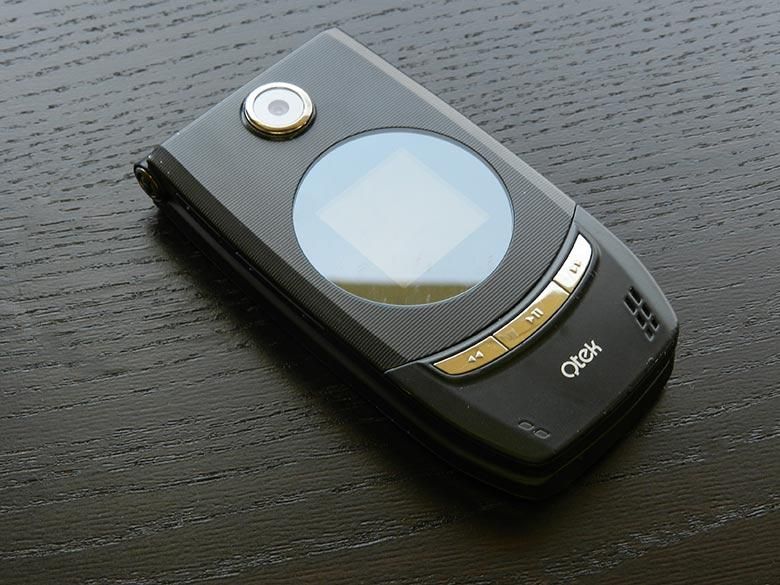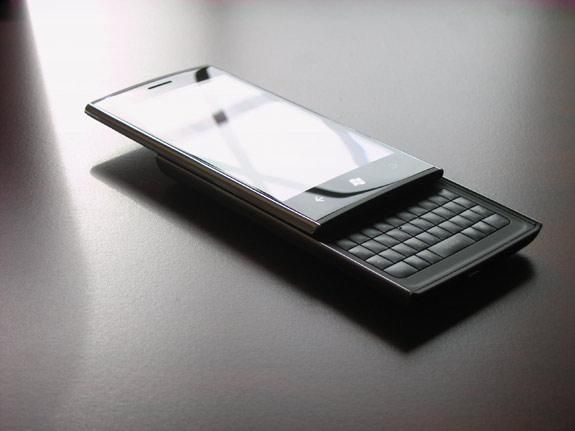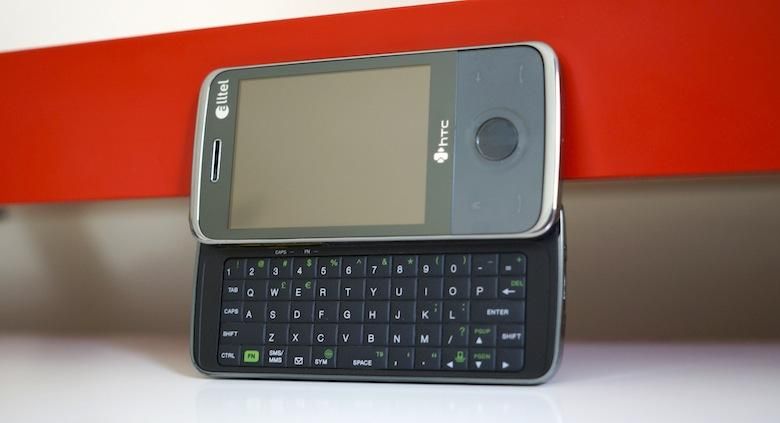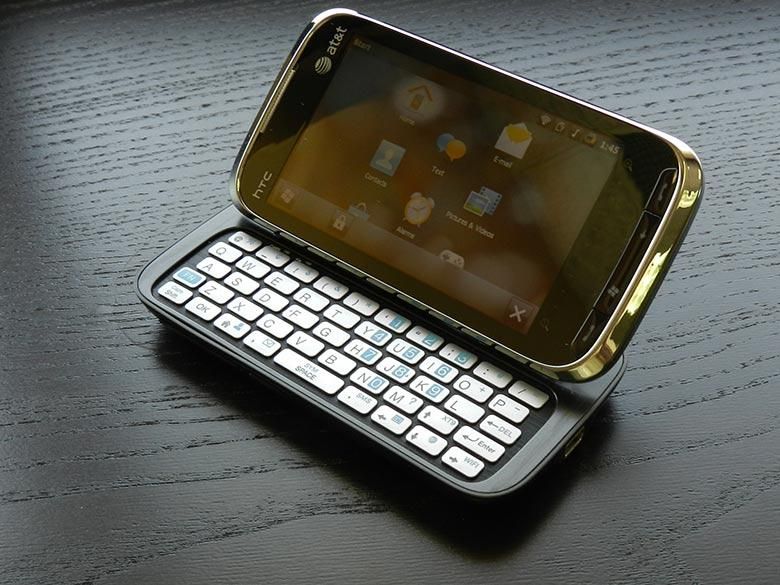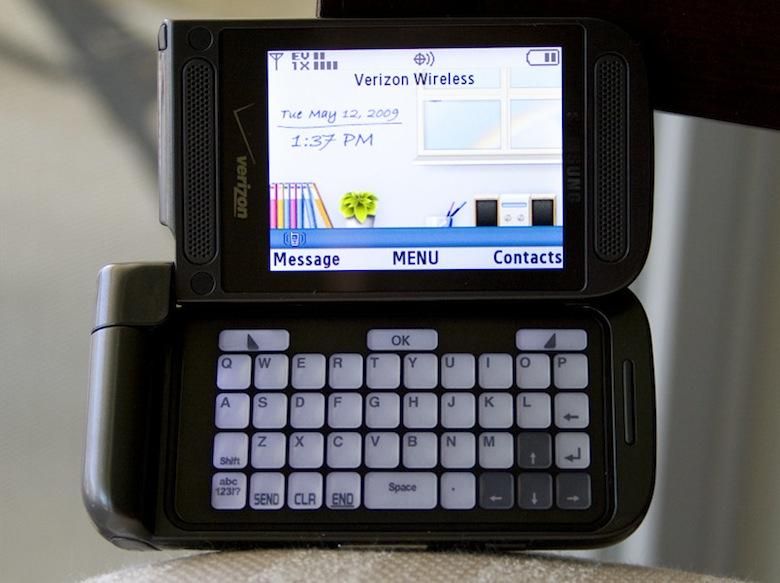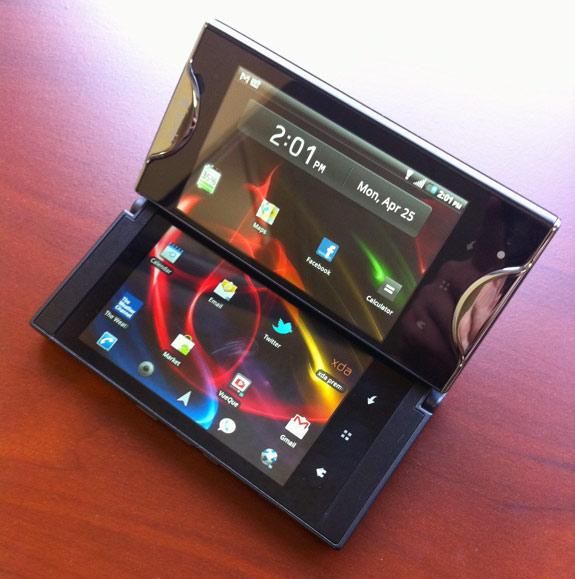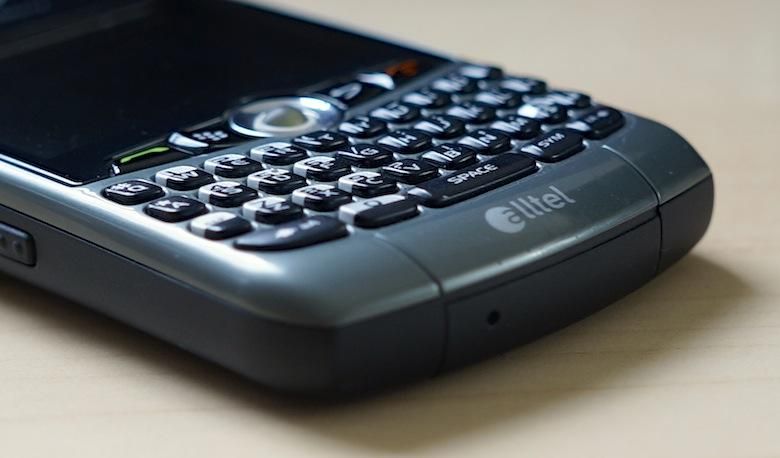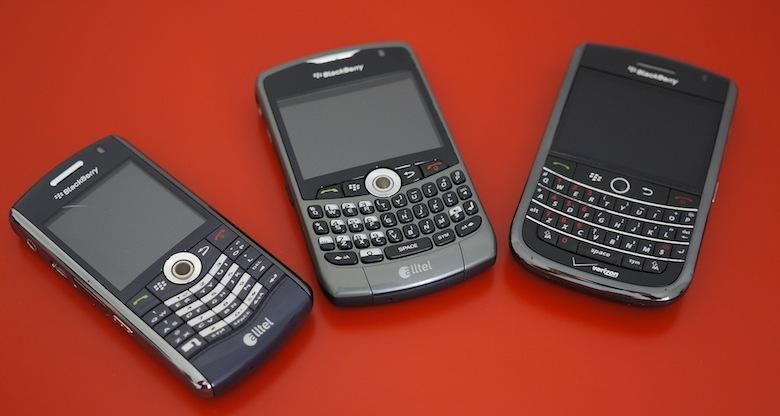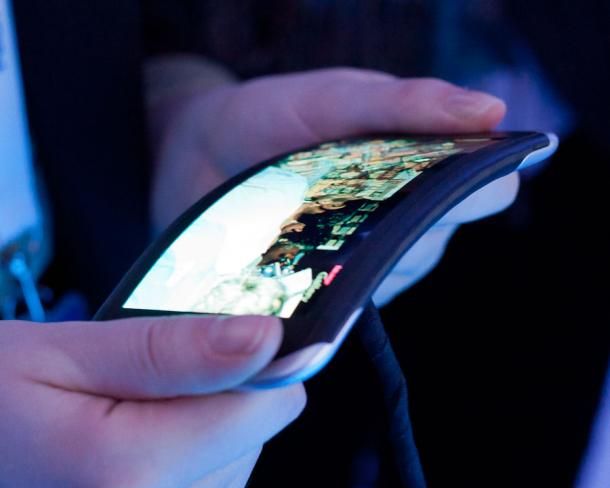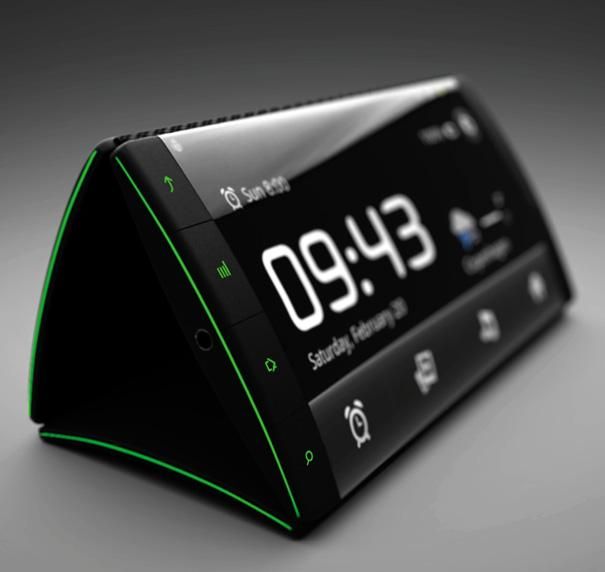You don’t have to look back very far in time to recall a vastly different mobile market with a wide array of offerings. Smartphones and feature phones alike came in all many different shapes and sizes, and moving parts were in – displays that pivoted, swiveled, and twisted around, or keyboards that clumsily tucked under the display.
Back then, a trip to the carrier store was an adventure. I was still a young whippersnapper and had only recently discovered the vast realm of smartphones and mobile data. And back then, I didn’t research before buying a new phone, I put no forethought into anything other than walking in the store and picking the most compelling device.
It was all about which phone had the coolest features and the most unique form factor, not about brand, specifications or how big and dense the display was. In fact, I swooned over the phone my high school girlfriend’s father carried, a Motorola i930 (Michael recently did a throwback review on one), because it had a spring-loaded display that would snap open at the push of a button.
In a sense, there has never been more choice in the mobile space than there is now. With product cycles sometimes as short as six months, Manufacturers pump out smartphones like they’re going out of style, which means newer, better phones are always just over the horizon. And there are four major mobile operating systems to choose from: Android, iOS, BlackBerry and Windows Phone. (Five, if you choose to include Symbian.)
This rapid advancement and the ever-shortening of product cycles, however, has affected the mobile market in a big way: choice. Sure, wireless stores now offer a few dozen models of feature phones and smartphones at any given time. But there used to be form factors to choose from. The only devices carriers are pushing anymore are the typical cookie cutter devices, smartphones with gigantic displays and no physical keyboards.
If you want something other than the typical modern smartphone form factor (read: rectangular slab with no, or few, physical keys), you’ll have to make at least a couple sacrifices. Every other form factor is nearing extinction, if it hasn’t already.
In memoriam:
Clamshell flippin’ goodness
I think the vast majority of us can say our first cell phone ever was a flip phone. With a few exceptions (such as the timeless candy bar that has outlasted them all), it’s all that existed to the mainstream mobile user a decade ago.
In fact, my first two cell phones were all sorts of dual-screen, flip phones. I started with a hand-me-down Motorola T720 that took a serious beating. I used it until the hinge became loose enough to where I could grip the back half of the phone and slowly flick my wrist to open the phone.
I graduated to a horizontal flip phone, the Kyocera Strobe. Technically, I guess it was more of a oyster-style phone, but who’s keeping track? With a dial pad and small display on the outside, and a split horizontal QWERTY keyboard with a larger display on the inside, the Strobe was a true jewel. It was one of the best messaging phones I’ve personally ever used.
But these were only two of some of the the most memorable and nostalgia-inducing cell phones … ever. Memories of the Motorola RAZR or LG ENV series, for example, are just enough to make you yearn for cell phones of yesteryear. Okay … maybe not. But it’s enough to make you wonder what current phones would be if the clamshell form factor ever succeeded in the smartphone industry. There have been a few, of course, such as the BlackBerry Style or Aquos Hybrid 007SH by Sharp. But they all have been quickly forgotten.
And it’s a shame. There was nothing quite as gratifying as angrily hanging up on someone by snapping the phone shut. You certainly don’t get that kind of satisfaction by ‘nubbing’ a soft button beneath a piece of glass.
The short-lived vertical slider
The other sliding QWERTY form factor lived a much shorter and less prosperous life. The vertical slider was always great in theory. The Dell Venue Pro was one of the most captivating Windows Phone devices to date, and the BlackBerry Torch particularly appealed to me as a long-time BlackBerry fan longing for a non-SurePress touch screen.
But there were many other vertical sliders that never caught on, such as the much-loved Pre series by Palm and later by HP. The down-sliding T9 and SureType Windows Mobile phones were quickly glossed-over, as well.
As smartphones grow more slim each year, I wouldn’t be surprised to see at least a couple manufacturers attempt the vertical slider one more time. I also wouldn’t be surprised if they come and go without as much as a peep, and thats unfortunate.
The horizontal QWERTY slider
I was never swept away by phones with horizontal sliding keyboards, but boy were they popular back in the day! They were particularly high in demand just before and after the big modern smartphone boom. We saw game-changing devices like the the HTC Touch Pro, Touch Pro 2, and Tilt. With inaccurate and frustrating resistive touch screens, full QWERTY keyboards were a godsend.
And as the market moved towards all-touch smartphones with more finger-friendly capacitive displays, manufacturers continued to support the waning demand for side-sliders. The Nokia E7, HTC Tilt and T-Mobile G2 by HTC have to be the most compelling side-sliders to have existed.
Last April, HTC confirmed it was indefinitely moving away from the horizontal QWERTY form factor. Other manufacturers were not as upfront about the death of the horizontal slider, but we’ve been seeing fewer and fewer phones equipped with sliding QWERTYs with each generation. The only ones left are from 2012 (DROID 4) or dedicated messaging phones without data plans.
The dual-slider and dual-flip
At least a few times, various manufacturers decided to mash-up the vertical T9 and horizontal QWERTY. The result was hefty phones that boasted two keyboards, like the Pantech Matrix Pro, Pantech Duo, Samsung Exclaim.
The most memorable basic phone in this category was one that actually utilized the same keyboard for both flip actions – the Samsung Alias and Alias 2. It was a design marvel, though the first-gen model boasted a rather overwhelming keyboard layout.
Like the vertical slider, this form factor never really took off, thanks to bulky profiles and more than your average number of moving parts. In other words, it wasn’t the most durable form factor, but we miss the ingenuity.
Experimental form factors
This section is sort of like the freak show at the circus, the form factors that were only ever used once … maybe twice by way of poor judgement. But like the two-way slider, it was a showcase of the brilliant minds within various companies and a peek into how those OEMs wanted to solve issues with other form factors.
One of the first that immediately comes to mind it the Motorola v70, a side-pivoting basic phone. Instead of flipping or sliding, the earpiece twisted around the display to extend the earpiece speaker and uncover the dial pad. We’re not lamenting the fact it no longer exists, but rather praising Motorola for thinking outside the box.
Ever since, Motorola has been no stranger to this category. In 2010, it introduced the Flipout and Backflip. The Flipout was a square phone, and the keyboard pivoted at the lower right corner of the display and twisted counterclockwise into the open position. It was definitely strange, but it has nothing on its brother, the Backflip, which featured a physical, pivoting QWERTY opposite the display. That’s right, when closed, the keyboard was exposed on the backside of the phone, when open, the keyboard would pivot 180 downward and rest beneath the display, horizontally. It would also reveal a touch panel on the back of the display. It was … strange, to say the least.
There was also one of the best concepts to date, met with some of the worst execution we’ve ever seen. The Kyocera Echo. It was an Android smartphone with two displays – one primary and one that was hidden beneath and extended by a collapsing hinge.
None of these were phones that blew our socks off, but they’re engraved in our minds because they were so different, off the beaten path. It’s phones like these we look forward to, solely because we’re curious about what new designs and form factors will catch on.
Portait QWERTY
Last but most definitely not least is the portrait QWERTY, which BlackBerry (formerly Research In Motion) has dominated for the past decade. These are candy bar-style smartphones (or feature phones, really) with fixed QWERTY keyboards below the display.
And, technically, the portrait QWERTY isn’t dead. BlackBerry just released the Q10, a portrait QWERTY smartphone with a touchscreen. And we’ve technically seen a handful of Android smartphones with portrait QWERTYs over the years, Motorola’s Pro, DROID Pro, or Pro+, and even a few from Samsung, such as the Replenish, Galaxy Pro, or Galaxy Chat.
Of all the phone form factors I’ve ever had the pleasure of using, the portrait QWERTY has always been my favorite. But as touch screens became more prevalent and usable, physical QWERTYs were tossed aside in favor more display space. From time to time, I still pine for one of my old BlackBerrys. I suffer from BlackBerry nostalgia, and the more I see it, the more I’m dying to try the Q10.
While the portrait QWERTY does still exist in its rare form, it’s on life support, hanging on by a thread.
What’s next?
Effectively, particularly in the smartphone market, everything but the candybar is dead. It’s the only form factor that gets any real attention anymore. No manufacturers are coming forward with high-end offerings with compelling new design and form factor. They’re all practically cut from the same die.
And there’s a reason for that. The current candy bar form is the most efficient, comfortable and portable method for mobile computing. Sure, we miss our physical QWERTYs from time to time, but they’re often considered a big waste of space, especially as keyboard software improves in leaps and bounds.
But it won’t stay that way forever. We have trouble believing the candy bar is the absolute best mobile OEMs can come up with. There are form factors yet to be explored, and with the addition of wearable computing (a la smartwatches and Glass), we may see a contextual change in the way smartphones look in the not too distant future, as well.
At the very least, we would love to more manufacturers step outside the bounds and test new ideas. I’m still waiting on the Flip concept phone and a multi-display, flexible smartphone from Samsung or Nokia.
Image via Gizmodo, CNET, Kristian Ulrich Larsen

